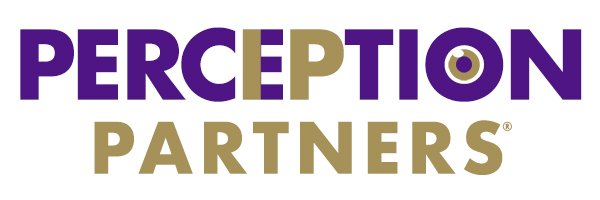Robotic Surgery Technology & IP Landscape
Robotic surgery provides a more automated and patient-friendly approach to surgical interventions with improved outcomes and minimized complications.
Robotic surgery involves the use of robotic systems to perform intricate surgical procedures with precision and minimally invasive techniques. These systems typically consist of mechanical arms controlled by surgeons through a console, offering enhanced dexterity and precision. The surgeon's movements are translated into precise actions by the robotic arms, allowing for smaller incisions, reduced blood loss, and quicker recovery times compared to traditional open surgery. Robotic surgery platforms, equipped to transmit, receive, and analyze real-time surgical data, are also pivotal for applications such as telesurgery, facilitating the connection between surgeons and patients who may be geographically separated, whether in different rooms or even in diverse field locations.
The growing market for robotic surgery has been underpinned by substantial surges in investments over the last three years.
Bursts of investment in robotic surgery have been notable in recent years, driven by the growing recognition of the technology's transformative impact on healthcare and the growing acceptance of this technology among patients. Key players in the industry, as well as startups with innovative technologies, have attracted substantial investments to fuel research, development, and market expansion.
Recently, CMR Surgical raised $165 Million to develop its Versius surgical robot, which provides a portable option for minimal access surgery to make robotic-assisted surgery more accessible. Laza Medical, a California startup, collected $36 Million to build robot-guided ultrasound for heart procedures. The company aimed to combine artificial intelligence (AI) powered imaging tech with robotic assistance to provide clear pictures of the heart during interventional procedures. Noah Medical raised $150 Million to meet rising demand for its navigated robotic bronchoscopy Galaxy System™, which is designed to improve location accuracy and successful diagnosis of lung nodules
Artificial intelligence (AI) and machine learning (ML) play pivotal roles in enhancing robotic surgery by providing intraoperative and real-time data analysis.
AI-ML empowers robotic surgical systems to analyze intricate information during surgery, aiding surgeons in making informed decisions promptly. AI-ML algorithms process real-time data from various sources, such as intraoperative imaging and patient vitals, offering insights that contribute to dynamic decision-making during the surgical procedure. This capability allows the system to adapt to unexpected changes or variations seamlessly, ensuring a more responsive and precise surgical experience. Moreover, the integration of AI and ML with robotic surgery results in continuous learning and adaptation based on the evolving data streams. Recently, Asensus collaborated with Nvidia to accelerate the development of its real-time intraoperative surgical image analytics platform, which leverages augmented intelligence and AI-driven control of the camera to reduce surgical variability.
IP protection for robotic surgery involve hardware components integrated with software algorithms
Robotic surgery is a technologically intricate field that involves the integration of hardware components with sophisticated software algorithms, enabling enhanced dexterity, accuracy, and control in minimally invasive procedures. Leading manufacturers in the robotic surgery device industry, such as Medtronic, Intuitive Surgical, Smith & Nephew, Siemens, and Stryker, actively build patent portfolios focusing on software-integrated surgical devices. Notably, inventions exploring the integration of AI-ML for analyzing intraoperative imaging, cross-referencing with electronic medical records, and delivering real-time robotic co-manipulation assistance have been disclosed.
Objectives of Robotic Surgery Technology & IP Landscape Dashboards
Intellar Robotic Surgery Landscape Dashboards are designed to visualize who is doing what, when and where - and for how much?
Key concepts: robotic surgery, robotic-assisted surgery, computer-aided surgery, computer-assisted surgery, telesurgery
Data Coverage for Intellar Robotic Surgery IP Landscape Dashboards
More than 23,000 de-duplicated global simple patent families published in (machine translated) English since 2013
Technical literature, scientific, medical and engineering journal abstracts, full text (when available) & images published in English since 2017
News articles, press releases, business research, market forecasts, announcements and magazine content published in English since 2020
Categorization for Intellar Robotic Surgery IP Landscape Dashboards
This landscape’s technology taxonomy covers:
Robotic Surgery Assisted by Artificial Intelligence and Machine Learning
Robotic Surgery Medical Procedures
Robotic Surgery Imaging and Navigation
Robotic Surgery Device Deployment
Robotic Surgery System Components
Robotic Surgery Features and Benefits
Want to develop IP strategies & insights in this landscape?
Insight-ready Intellar® market & IP landscapes




















